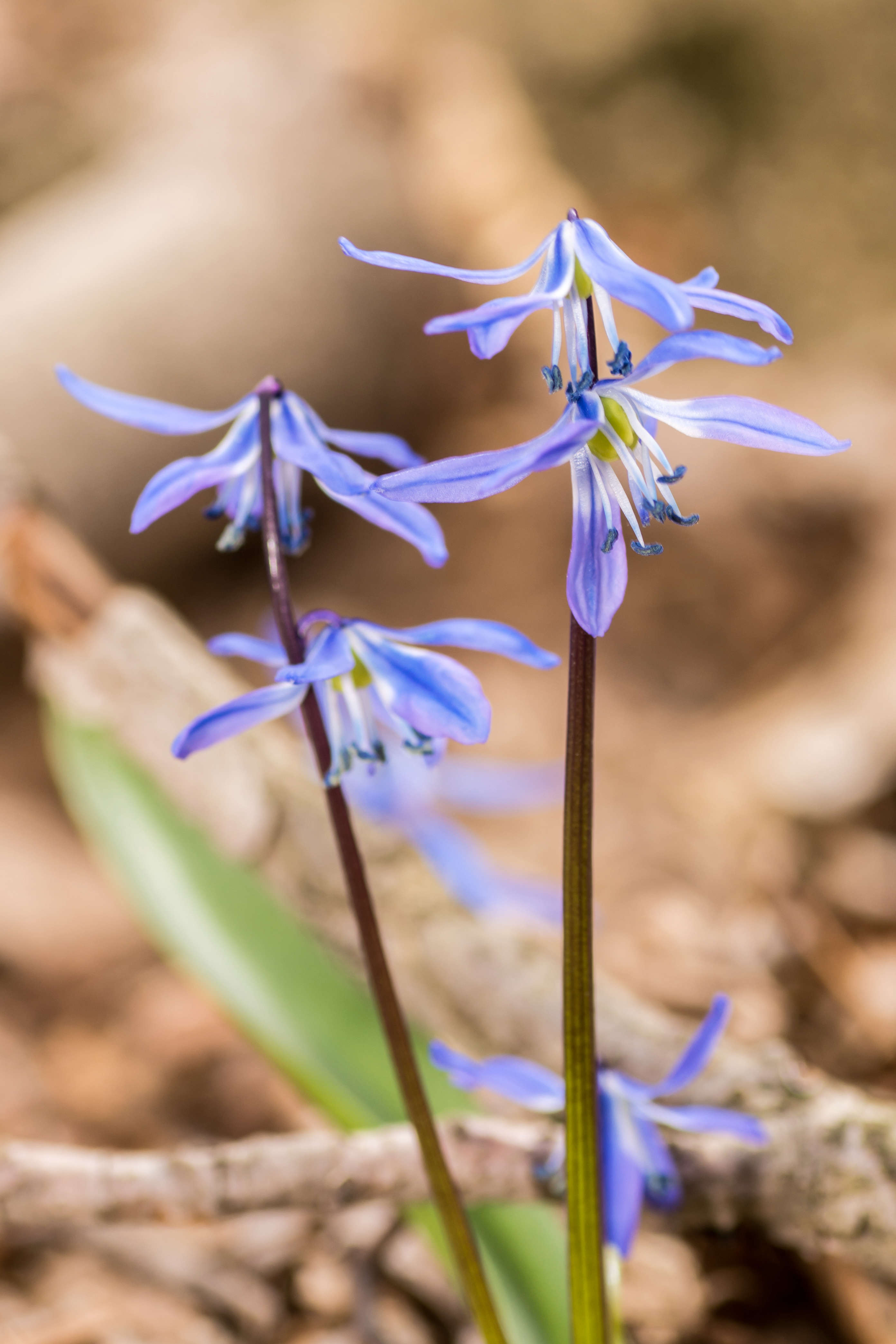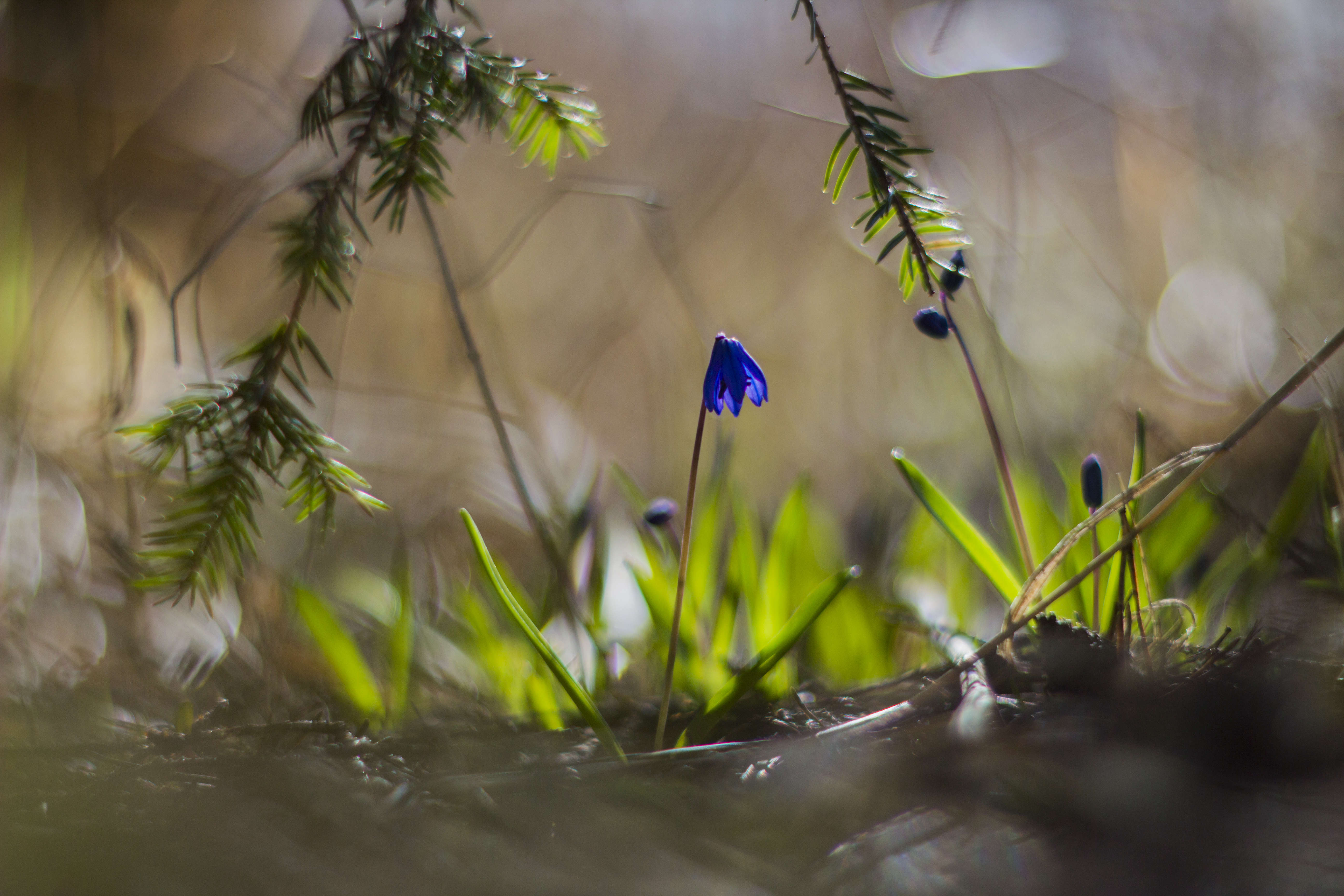Siberian Squill, Scilla siberica “The Survivor”
With its small, bell-shaped blue blossoms surrounded by gray-green leaves like tiny spears, Siberian squill is a woodland flower that thrives in cold climates and can endure long winters (it even thrives north of the Arctic circle).
Above: Photograph by Kain Kalju via Flickr.
In autumn, plant bulbs only several inches deep, spaced three to six inches apart. Don’t get too attached to your design; Siberian squill will spread as it pleases. It naturalizes happily and can overtake woodland areas as it self-propagates throughout its blooming season.

S. siberica has nodding blue heads that give an immediate impression of calm and cool. A lush carpet of squill can transform the empty space under a tree into an idyllic spot to read a book or compose a verse or two.

In spring, with almost no effort on your part—the bulbs have minimal water and sun needs, growing naturally in deep shade—your garden will be cloaked in tranquil blue buds.
Cheat Sheet
- Siberian squill is drought-tolerant and happy to be left on its own in a woodland.
- Fragrant and also self-propagating, S. siberica will spread throughout the garden.
- Plant in a container with other flowering bulbs such as daffodils and tulips, and they will emerge in spring with different heights and colors.
Keep It Alive
- Siberian squill will tolerate any sunlight conditions from full sun to deep shade.
- Does not need watering outdoors.
- Plant in autumn and expect it to naturalize over time by spreading seed.

With its vivid blue color and low height (four to six inches), squill is an ideal flower to plant en masse beneath a tree or other landscape feature on which you want to focus attention in early spring.

Siberian squill will form clumps as it spreads in the garden.
N.B.: For more on flowering spring bulbs, see our Garden Design 101 guides:
- Some of our favorites include Tulips 101 and Crocuses 101.
- And don’t miss Meredith’s recommendations for Foolproof Spring Bulbs for a Beginner.
- Learn how to grow and care for our favorite early springtime flowers, including crocus, English bluebell, grape hyacinth, and Siberian squill.
Finally, get more ideas on how to successfully plant, grow, and care for siberian squill with our Siberian Squill: A Field Guide.
Interested in other bulbs and tubers for your garden or indoor space? Get more ideas on how to plant, grow, and care for various bulbs and tubers with our Bulbs & Tubers: A Field Guide.






Have a Question or Comment About This Post?
Join the conversation